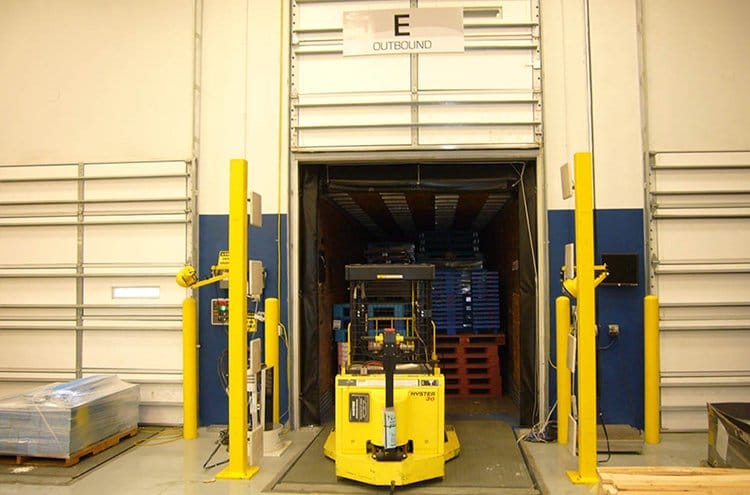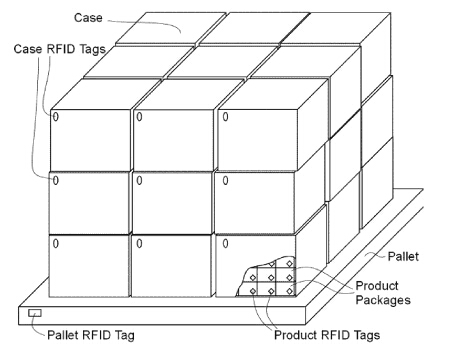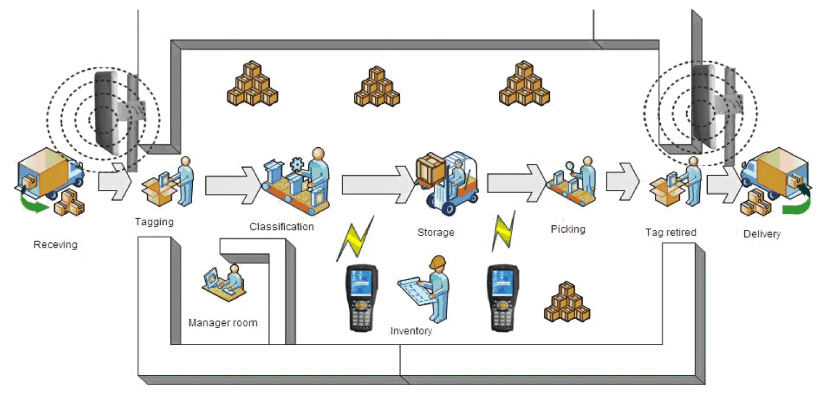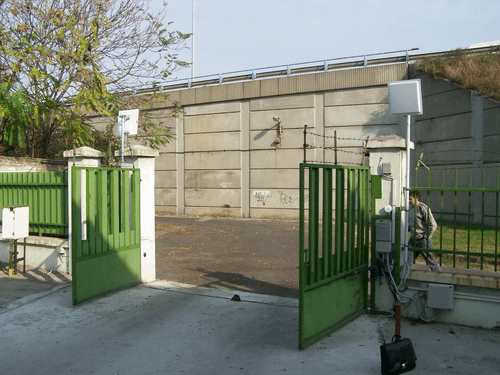RFID Warehouse Raadinta
RFID Warehouse Raadinta

Quick details:
UHF RFID Warehouse management is realized by radio frequency identification(RFID) Technology. The logistics warehouse system is widely used in the rfid intelligent system. It improved the rate of turnover in warehouse, reduced occupation of operating funds, transformed frozen funds into cash, and lowered cost of products that warehouse eliminated.

Steps
General:
Put tag into barcode, stick it on the package or pallet of every product, write product information such as position, itc. in tag, write destination information when product is in or out of the warehouse, set fixed or handheld reader in warehouse and every dealer channel to recognize and monitor products circulation.
First Process: UHF RFID Entrance management in warehouse.
1. In the packaging products workshop, workers stick RFID tags on products, pack in batches and stick box marks. The products that need pallet can be stick pallet tag.
Rfidsecu introduces methods of sticking tags:
-Stick product unit tag;
-Stick on the outer package, when several products packed together;
-Pallet tag, connecting with the data unit tag or outer package tag;

2. Packed products enter the warehouse through the channel set RFID reader and antennas by handling tools. RFID get the number of products entering and record in system automatically. Rfidsecu takes products with pallet tag as an example, the information of every pallet products is written in pallet tag by the reader at the entrance, meanwhile, data connection of orders is formed and the warehouse management system will assign the position, or manager has assigned the position for these products at the beginning. Then the network system will send storage order to the warehouse client (or forklift car system). At last, according to the order, forklift driver will store the products to appropriate position.
Second Process: UHF RFID Exit management in warehouse.
1. The sender in logistics department produce the stock-out list on the basis of the delivery products list. That means according to stock-out priority (tusaale ahaan: the item with earlier production date should be sent out in advance), they check out the position and the stock status of the required goods. If client points out the production code, they can check with the code and get the information of the goods position, pallet, required goods and related vehicle.
2. Goods-picker send the stock-out list to warehouse manager. Warehouse manager check the information and arrange forklift driver to carry out the required goods.
3. When the forklift is passing the exit, the RFID reader there will read the pallet tags to stock-out information, and check whether the products are matched with the production code and position in the stock-out list or not.
4. After the products are stocked out, warehouse terminal provides the stock-out information for manager to confirm, and automatically update it to database.

Third Process: UHF RFID inventory-taking management in warehouse.
Workers can inventory by handheld reader regularly, read products tag information closely, and compare it with that exists in management system, to check whether the inventory information by manual is the same with that in management system or not. If it is not, they can correct it on the site. This method can shorten 85% time for enterprise to make an inventory, greatly improve work efficiency and also increase the inventory cycle times.


